MrFixitsTips
Match Previews
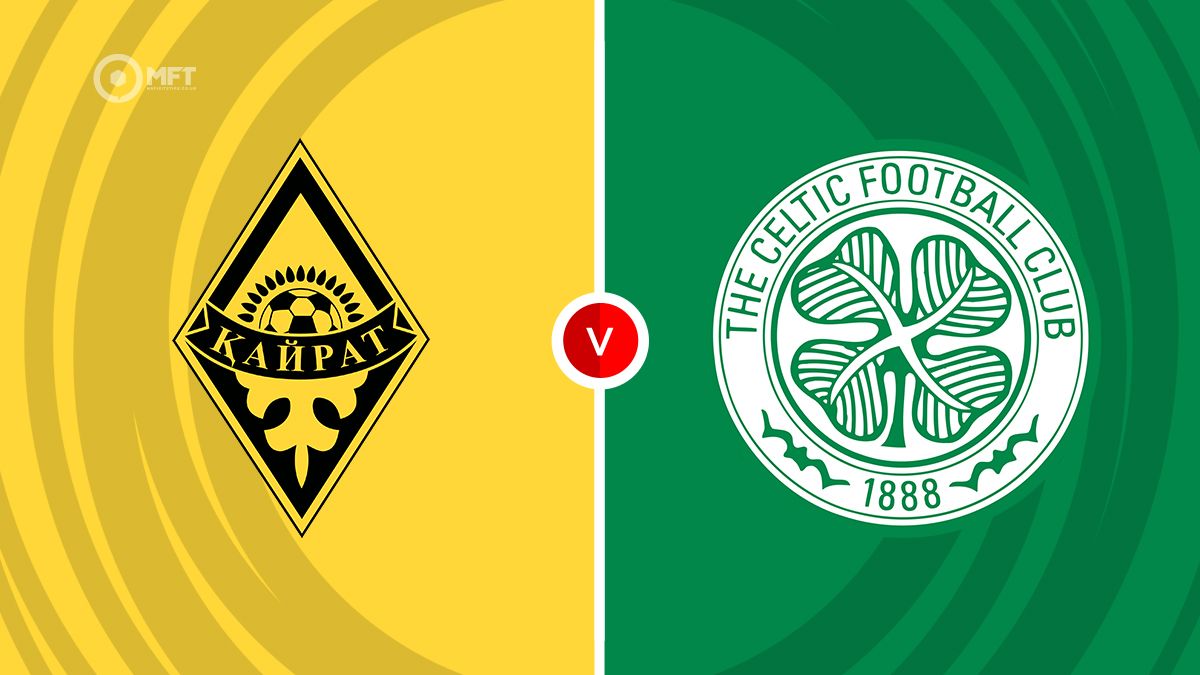
Bookie Bonuses
HORSE RACING BETTING TIPS
-
Tuesday's Racing Tips – The handicapper continues to give Lesley's Boy a chance
Epsom wasn't a happy hunting ground for me on Bank Holiday Monday. Beauld As Brass was like his usual...
-
Monday's Racing Tips – Patrick Mullins travels to Epsom for a third win in the Amateur Derby
Wesley Ward's runner at Deauville did what was expected, and that was to lead from the front, but she...
-
Sunday's Lucky 15 Tips – Selections from Goodwood & Beverley
As always, thanks to Cairnzy for doing the Lucky 15 thread for Saturday's racing. He had one winner in...
-
Sunday's Racing Tips – Wesley Ward eyes a third win in the Prix Morny with smart looking Outfielder
Saturday was much better, and to walk away from the York Ebor Festival with two winners and one placed...
GOLF BETTING TIPS
-
Golf betting: Open Championship betting tips and preview
It only feels like last week that we were gearing up for the first major of the season at...
-
Golf betting: US Open betting tips and preview
The third golf major of the season will take place this weekend at Oakmont in Pennsylvania. The US Open...
-
Golf betting: PGA Championship betting tips and preview
The second major of the season is here, and after the drama of the Masters last month, excitement levels...
-
Golf betting: The Masters betting tips and preview
After 365 days, the greatest golf tournament in existence is finally upon us once again and on Masters Eve,...
TENNIS BETTING TIPS
-
US Open Day 3 tips: Is Gauff facing another early slam exit?
After a day full of big performances on Monday, the 2025 US Open enters day three on Tuesday with...
-
US Open Day 2 tips: Alcaraz to drop a set to Opelka?
The 2025 US Open is underway at Flushing Meadows, with a stacked field of men and women all competing...
-
Wimbledon day 14 tips: Men's final bet builder
After a sensational two weeks in South London, the final day of the 2025 Wimbledon Championships is upon us. ...
-
Wimbledon Day 13 tips: Predictions for the women's singles and men's doubles finals
The final weekend at Wimbledon is upon us, and it has been a tournament to remember across all of...

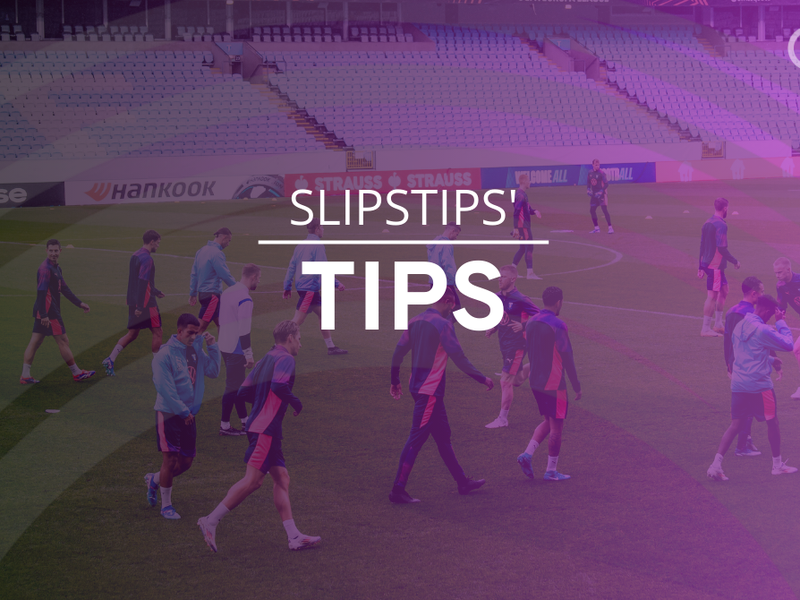
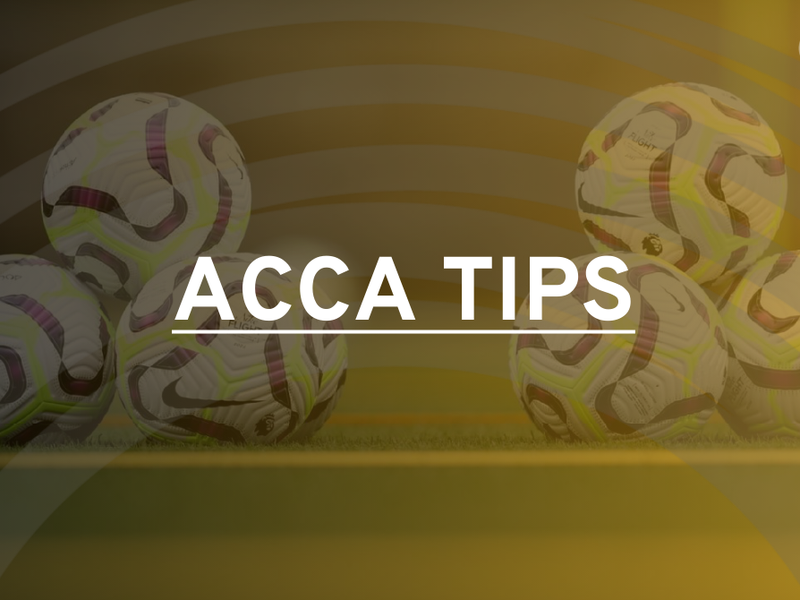








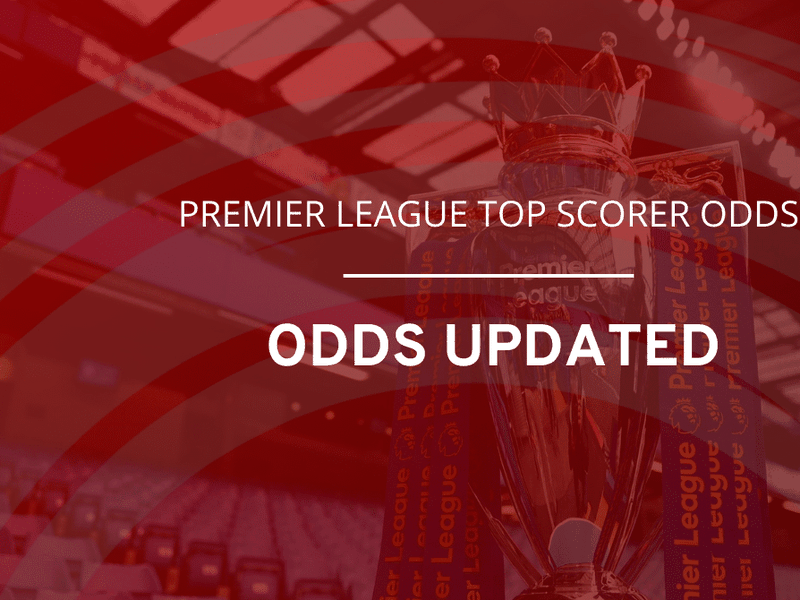


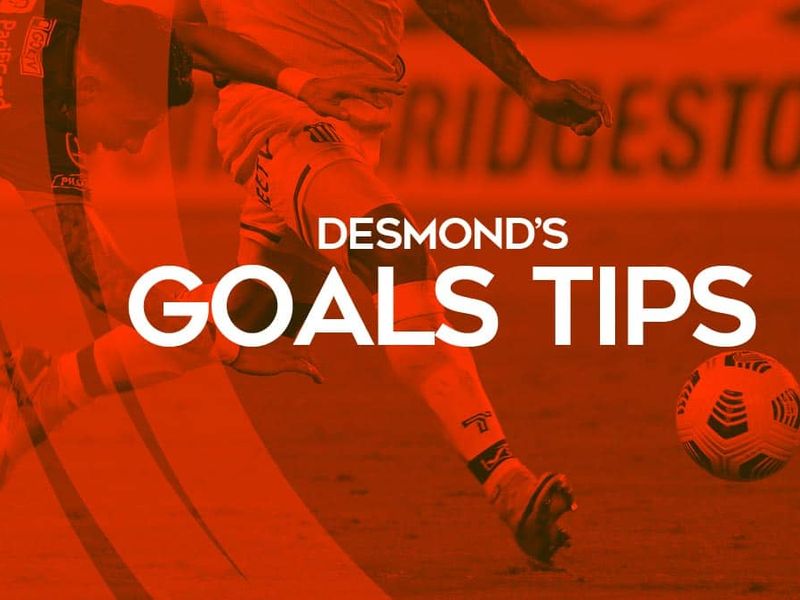
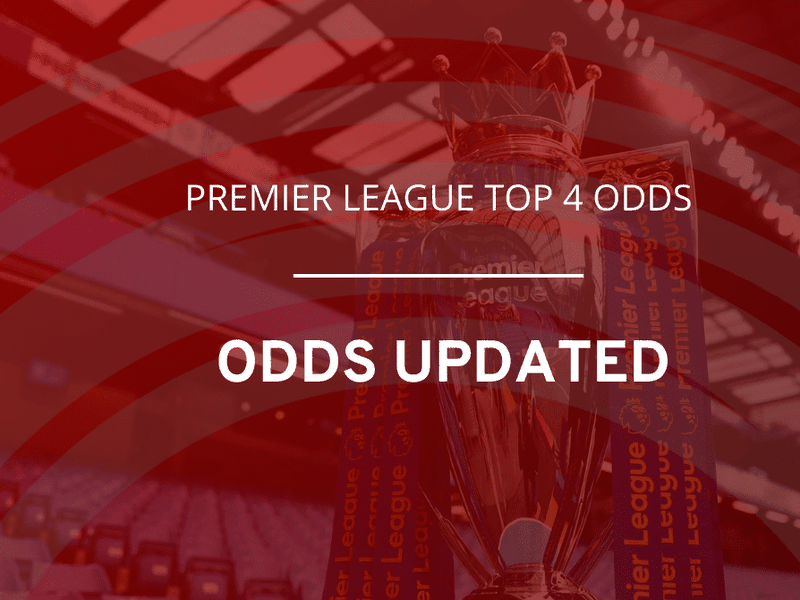
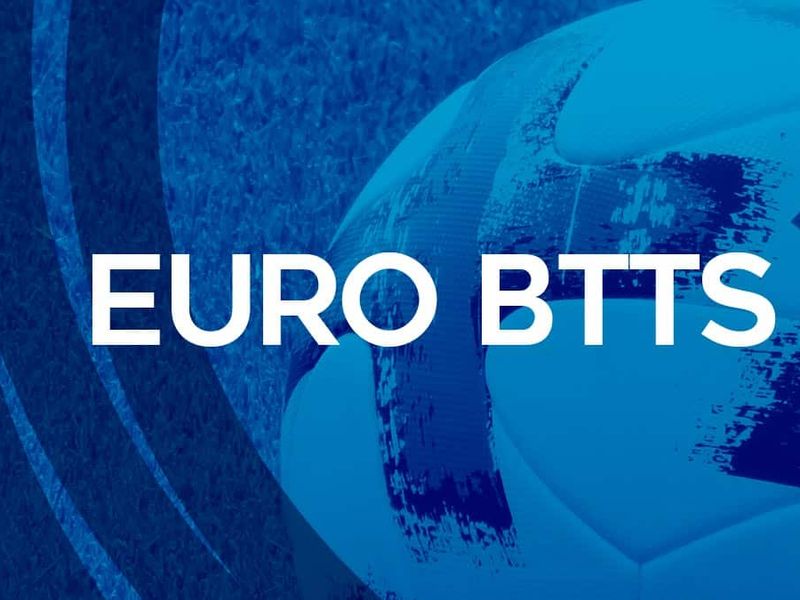




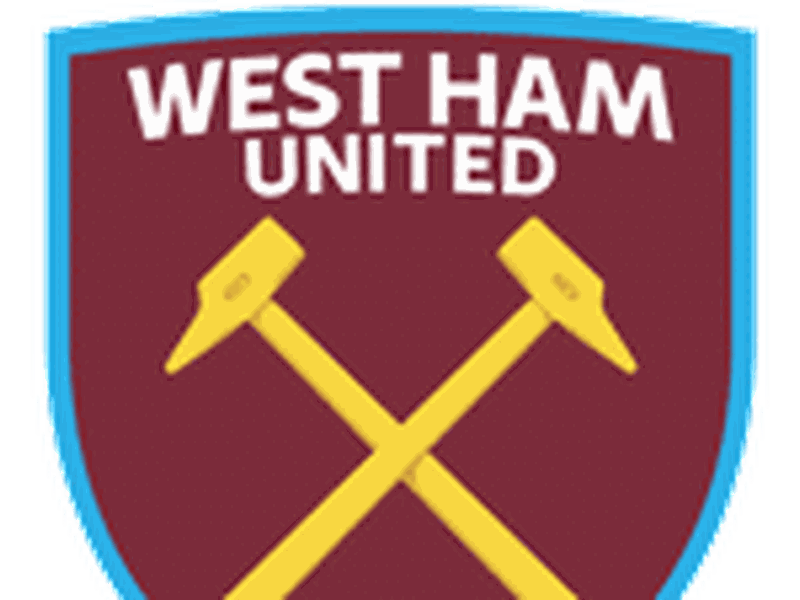
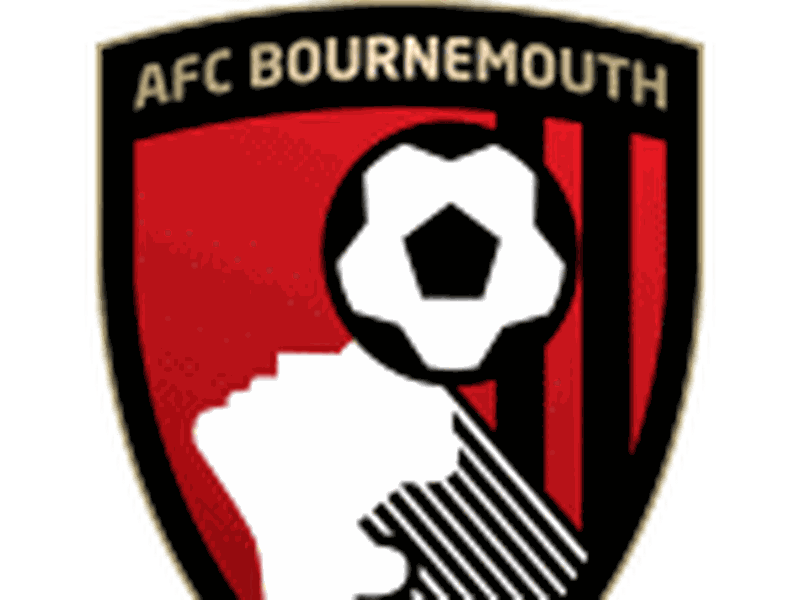



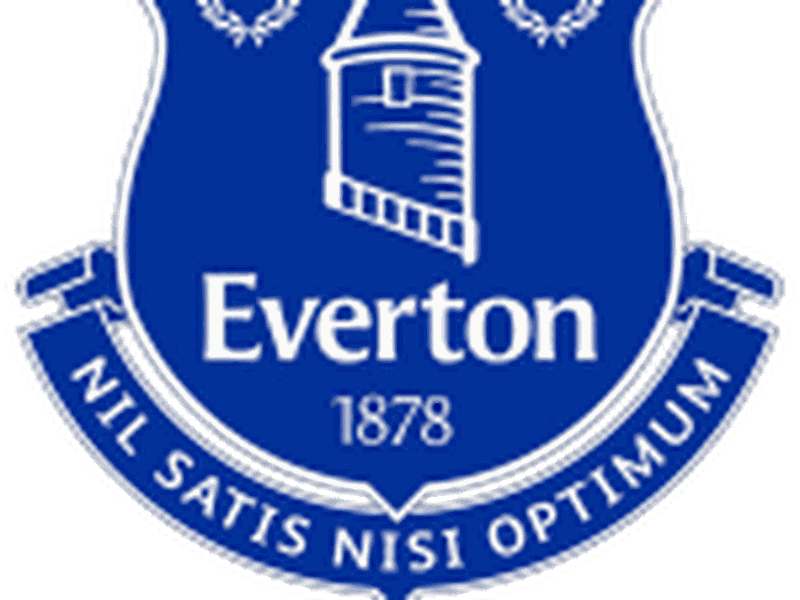

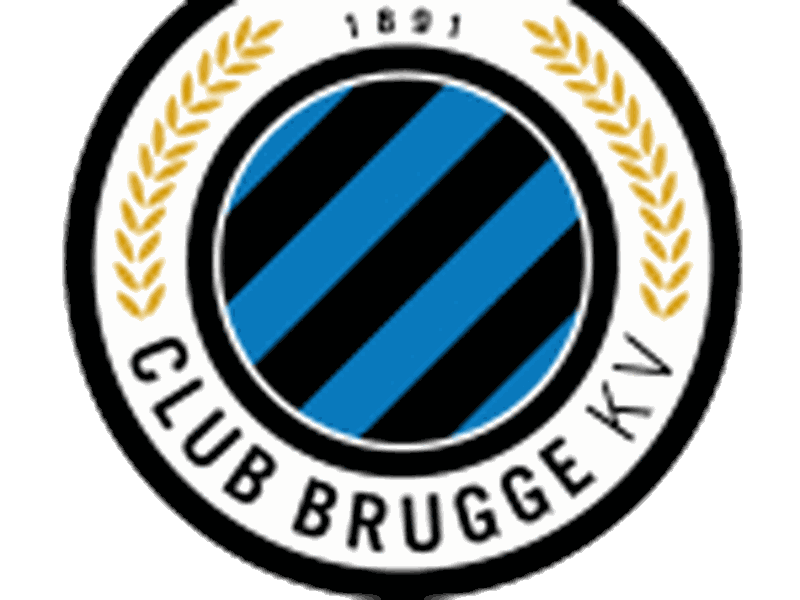


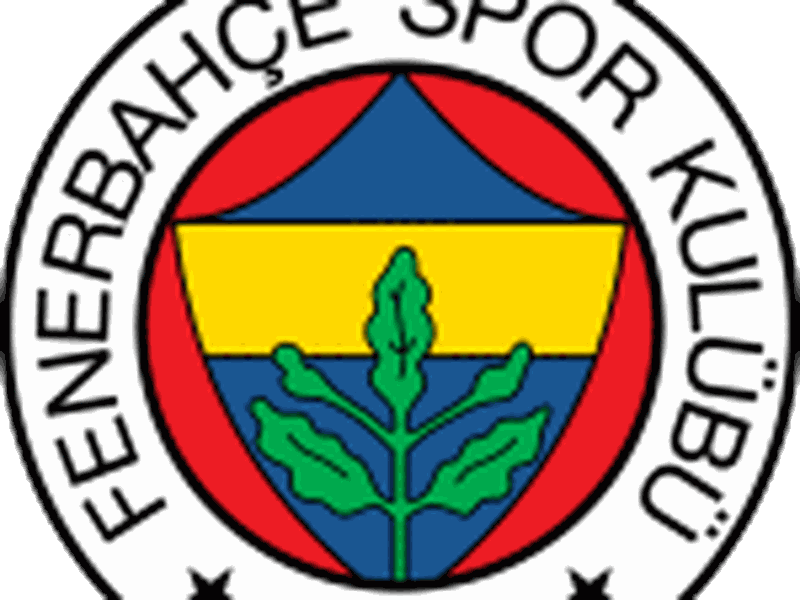



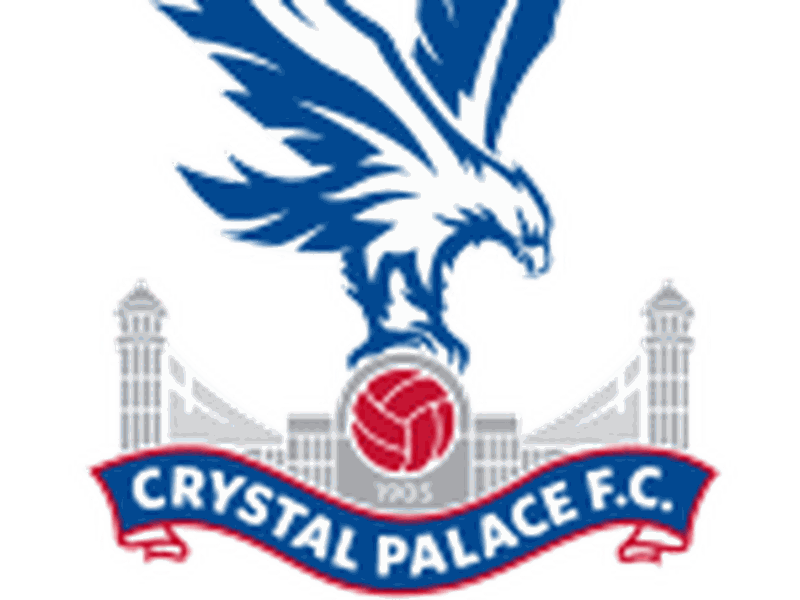









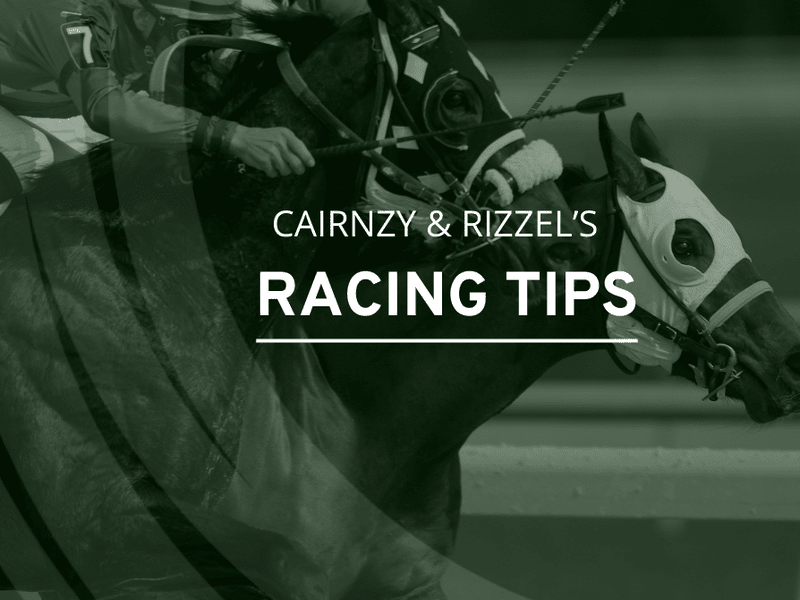











 GambleAware
GambleAware